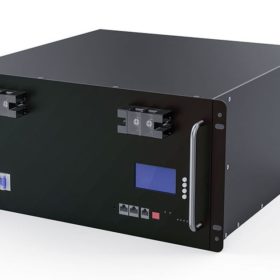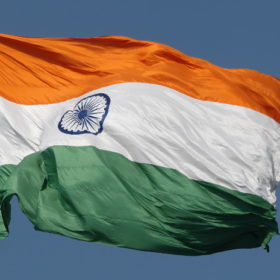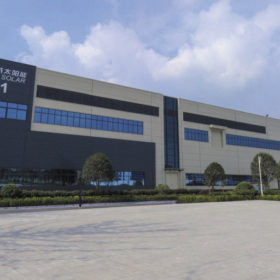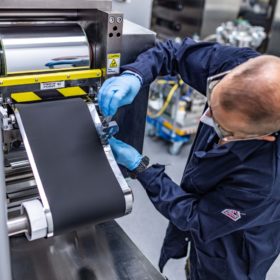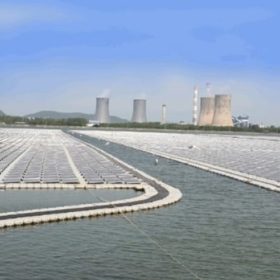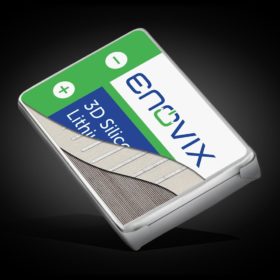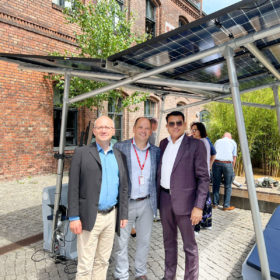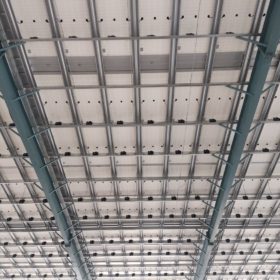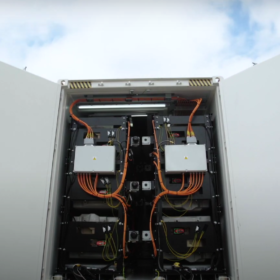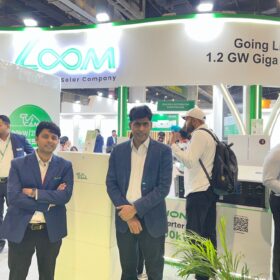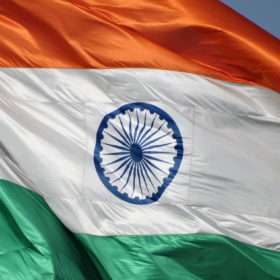Indian manufacturer unveils lithium inverter batteries with solar storage
Rajasthan-headquartered Natural Battery Technologies has developed lithium-based inverter batteries that can be charged with solar power. The batteries are designed for residential and commercial use, with storage capacities typically ranging from 1.5 kWh to 20 kWh. The company can offer other sizes, too, according to customer requirements.
Solar auctions in India to attract large developers
A new report shows that renewable energy companies will continue to compete in upcoming auctions in India, undeterred by challenges such as rising materials costs and surging interest rates.
China’s solar cell capacity exceeds 361 GW
Tongwei has also secured another massive polysilicon order and Golden Glass has invested in more heterojunction solar cell capacity. Furthermore, China’s National Energy Administration (NEA) said 23.7 GW of new solar was deployed in China in the first five months of the year.
US startup unveils non-flammable batteries for EVs, storage
Alsym will produce its new batteries – made of readily available materials, without lithium or cobalt – for electric vehicles, stationary storage, and marine applications.
Microsoft to purchase power from a 100 MW Amplus Solar project in India
On the road to becoming carbon negative, Microsoft increases the amount of zero-carbon electricity it’s procuring through long-term contracts.
DVC seeks EPC contractors for 30 MW of floating solar
State-owned Damodar Valley Corp. (DVC) is seeking contractors to install and commission 30 MW of grid-connected floating solar capacity at its thermal power stations in Jharkhand and West Bengal. Bidding closes on Aug. 1.
EV battery can reach 98% charge in less than 10 minutes
Enovix has shown that its US-made silicon anode lithium-ion batteries can charge from 0% to 80% in just five minutes.
Servotech tests solar monitoring device along with PV Port in Germany
Servotech has successfully tested ComPort solar monitoring device with the portable PV system PV Port at the EUREF-Campus in Berlin, Germany. This first-of-its-kind instrument can integrate with any off-grid and hybrid inverter and empower users to get the most out of their solar systems.
Ornate Solar commissions made-in-India, roof-integrated solar system
Ornate Solar’s engineering team designed, engineered and manufactured the new 530 kWp InRoof solar system in India. It serves as the primary roof over Pangaea Natural Stone’s factory in Rajasthan, covering a total area of 35,000 square feet.
Hinduja Group invests in UK second-life battery storage specialist
Hinduja Group, an Indian multinational, has invested GBP 15 million (($18.4 million) with four other investors in Connected Energy, a developer of energy storage systems based on second-life electric vehicle batteries. The investment will help Connected Energy to scale up its operations and move into utility-scale project development.
